|
|||
|---|---|---|---|
| Click on the photo links below to go to the various pages | |||
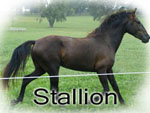 |
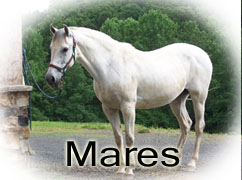 |
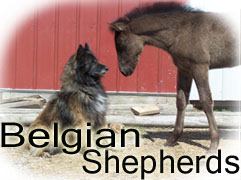 |
|
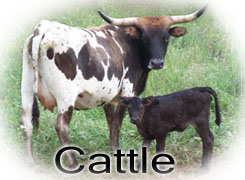 |
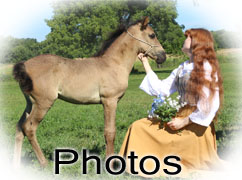 |
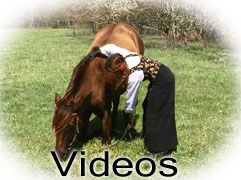 |
 |
Working ranch, Lusitanos/Andalusians. |
|
About the Lusitano Breed The Lusitano, is the Portuguese horse breed, closely related to the Spanish Andalusian horse. Both in the IALHA registery. Both are sometimes called Iberian horses, as the breeds both developed on the Iberian peninsula, and until the 1960s they were considered one breed, under the Andalusian name. Horses were known to be present on the Iberian Peninsula since known history and the region was renowned for its war horses. The fame of the horses from Lusitania goes back to the Roman Age. The Lusitano is closely related to the Lippizan. In 1562, the Habsburg Emperor Maximillian II brought the Spanish Andalusian horse to Austria and founded the court stud at Kladrub. In 1580, his brother, Archduke Charles II, ruler of Inner Austria, established a similar stud at Lipizza. These horses became the Lippizan and where bred and raised for the Spanish Riding School in Vienna. The Spanish Riding School Live video. In 1966, the Portuguese and Spanish stud books split, and the Portuguese strain of the Iberian horse was named the Lusitano, after the word Lusitania, the ancient Roman name for the region that modern Portugal roughly occupies. There are four main breed lineages within the breed today, and characteristics differ slightly between each line. Video Pride of Portugal from the Olympia horse show 2016. Video of Lorenzo's Lusitanos in his amazing liberty performances.
Quote from Interagro website, “The Veiga bloodline produced the most genuine war horse of Ancient Lusitania. ‘Veigas’ are extremely functional and smaller than the other lineages – excellent for bullfighting. They have the typical convex head known as the “Veiga head”, flat thin legs with prominent hocks, fantastic impulsion and proud flexible necks. Manuel Veiga describes his horses as follows: “Nervous, full of gallantry, so obedient they seem to outguess the rider’s intentions; high thin head, long free-flowing manes, elevated movements and a striking agility challenging all threats and dangers with indomitable courage…” The Veiga is a true race within the Lusitano breed and the stallions when used on mares of any other lineage have the power to transmit to the offspring the most typical characteristics of the Lusitanian race. The selection criterion was based entirely on the functional qualities, as explained by Alfredo Baptista Coelho: “… not the height, nor the academic morphology, not the color, nor the form of the head. Everything was offered by the race itself: wonderful fine slightly convex heads today known as “Veiga head”, ancient rare colors … fine flat legs with strong hocks, flexible backs, uncommon impulsion, beautiful malleable necks … in short, the race offered him [Mr Veiga] a horse that makes our horse loving people vibrate.”
Photo from Lusitano Heritage site, https://www.lusitanohorsefinder.com/lusitano-bloodlines/
Veiga horses are known to be very brave, sensitive, agile, and quick, better suited for bullfighting, which they were originally bred for.These horses also compete in Dressage and Working Equitation, at international level. Bay horse con garrocha https://www.youtube.com/watch?v=H_sOWLl6kVw Pedro Torres interview, https://www.youtube.com/watch?v=JH7AVHt6ias Pedro Torres, Working Equitation https://www.youtube.com/watch?v=4kW7-l9Y79c
|
Home - Stallion - Mares - Foals - Cattle - Belgian Shepherds -Photos - Videos - Contact Us

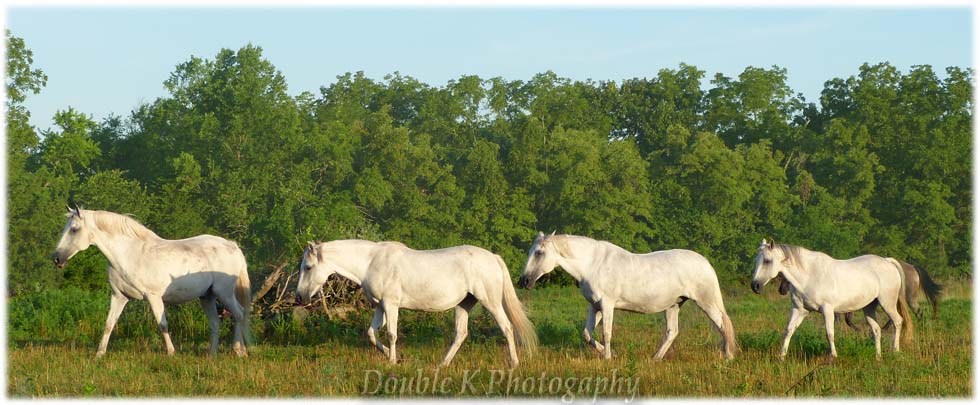
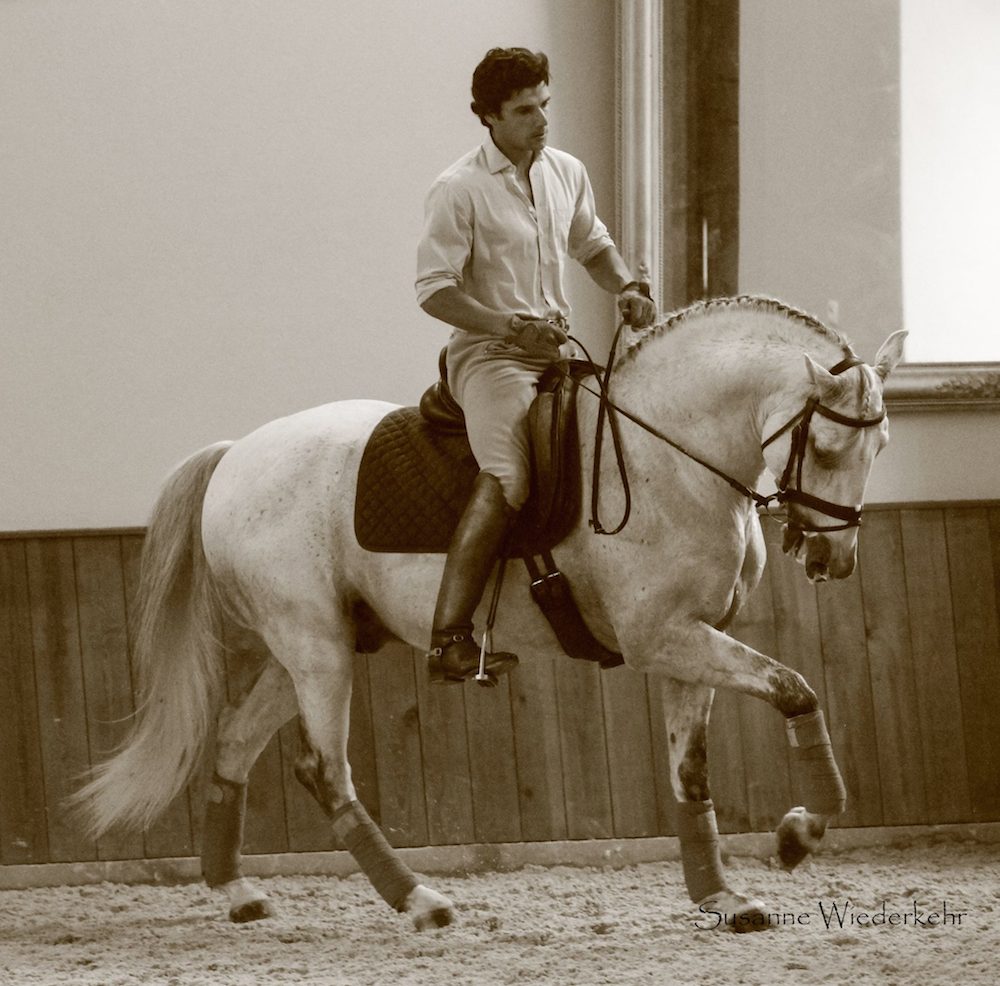 The Veiga stud, was founded over 180 years ago by Rafael José da Cunha, in Quinta da Broa, Azinhaga do Ribatejo, where the stud still breeds horses today. Today, the Stud still strive for excellence, aiming for the best selection of mares, based on the type, the bloodlines, the quality of the offspring and their functionality and characteristics.
The Veiga stud, was founded over 180 years ago by Rafael José da Cunha, in Quinta da Broa, Azinhaga do Ribatejo, where the stud still breeds horses today. Today, the Stud still strive for excellence, aiming for the best selection of mares, based on the type, the bloodlines, the quality of the offspring and their functionality and characteristics.